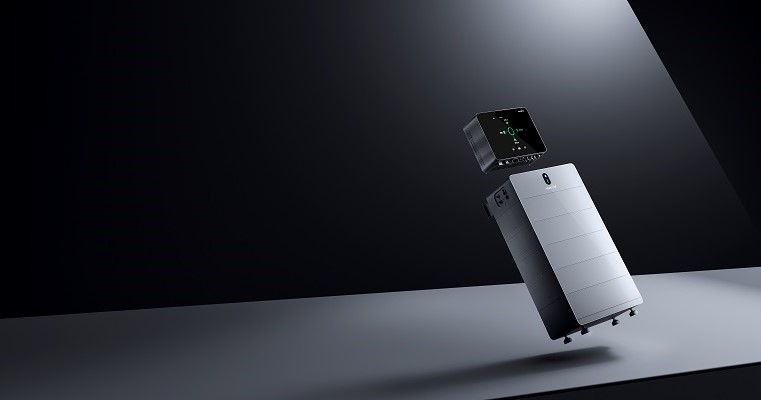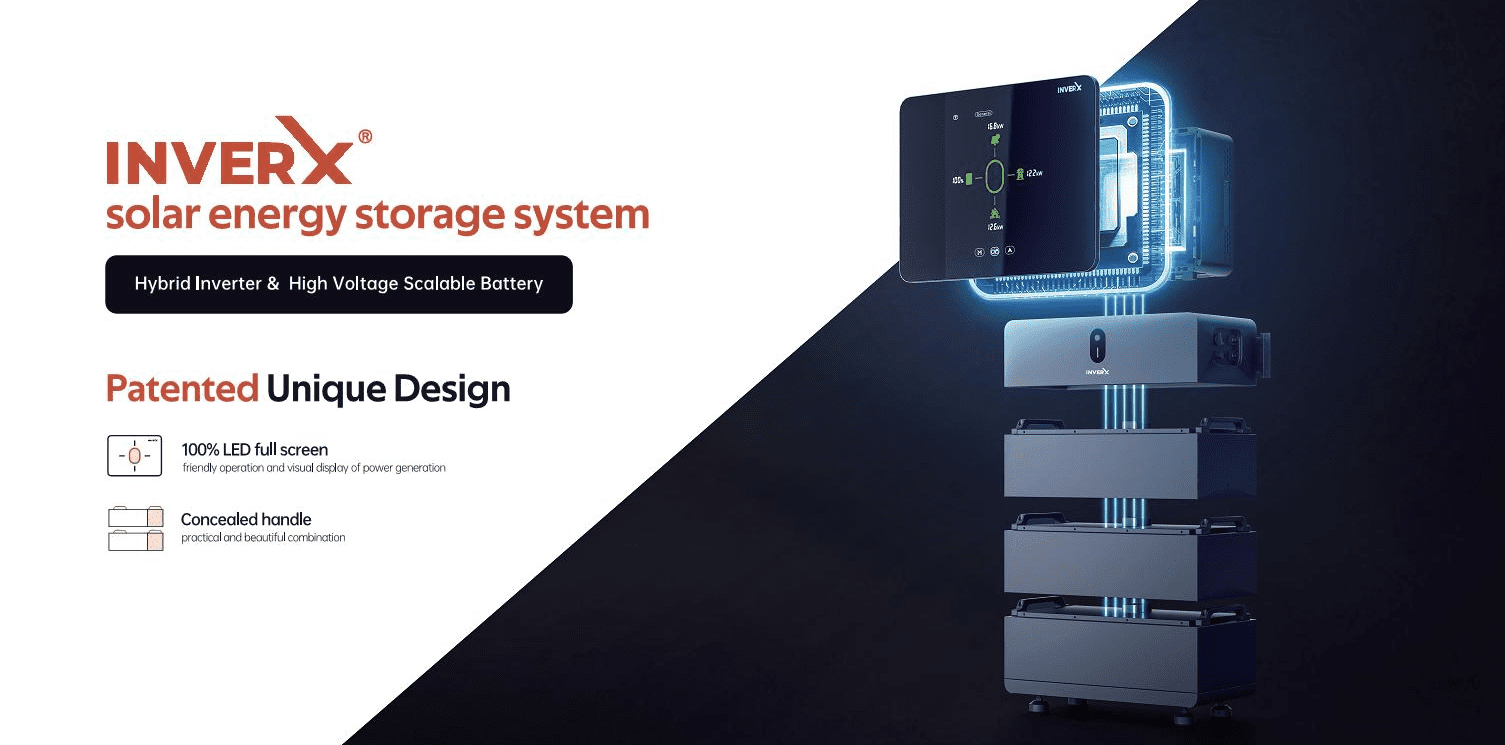Investing in a solar system is a wise solution for homeowners. The latest solar panels and photovoltaic systems are simple to set up, maintain and use, with long-range performance and energy savings. To make the most of your solar system, you need to know how to properly size the system, including solar panels, batteries, inverters, etc. In this article, we will share how to get a sizing estimate based on your solar needs and choose the best solar panel batteries and PV solar inverters for the most benefit out of your solar installation.
Why Is Solar System Sizing So Important?
Because properly sizing the solar panel batteries and inverters can help you build a solar system that performs better. Your solar panels, batteries, and inverter all function together. The solar power system you assemble will only efficiently work if everything matches up and is compatible. Therefore, learning how to calculate the size of your solar panels, batteries, and inverters to meet your solar power needs is one of the most vital steps you need to take when building a solar powered inverter system.
How to Calculate Solar Panel Battery and Inverter Size?
When sizing solar energy systems, we usually go in the following order:
Step 1: Size the solar panels based on energy consumption
The energy consumption at your home determines the size of the solar panel array. By dividing the daily load kWh by the irradiance of your location, we can get the solar panel size, which gives us the solar kW rating.
Step 2: Size the inverter based on the solar panel system power rating
The size of the inverter is equal to the rating of the solar panels. The inverter should ideally be about the same size as the power rating of your solar array because the inverters for solar panels are most efficient at full load. Moreover, when selecting solar panels inverters, you also need to consider the protection systems of the inverter, usability, input and output voltage ratings, size, technology, etc.
Step 3: Size the battery bank based on the amount of autonomy required
The battery size depends on the amount of autonomy required. You can obtain the amp-hours by multiplying the daily load by the number of days autonomy required and dividing by the system volts. As the backbone of the solar system, the battery should have a good enough amp-hour capacity to power all the loads for the required time. The battery energy storage capacity depends on the length of time you want the batteries to power your home and your energy consumption. Besides, energy density, charging efficiency, discharge profile, and shelf life are among the many other factors for consideration when choosing a battery.

What Is The Formula For Solar Panel Battery and Inverter Size Calculation?
As mentioned above, to correctly calculate the size of solar panel batteries and inverters, you can use the following formulas:
Solar Panel Size= Daily Load kWh / Irradiance of the Location
Inverter Size= Solar Panel Rating
Battery Size= (Daily Load * Days Autonomy Required) / System Volts
What Is The Ideal Solar Panel To Inverter Ratio?
We take Fairland's latest
INVERX® solar energy storage system as an example. The ratio of 1.3~1.5:1 is the ideal solar panel to inverter ratio and the best investment benefit ratio calculated by solar equipment supplier Fairland. Otherwise, allocating too many solar panels may restrict how much power the inverter can produce and prevent the over-purchased solar panels from generating electricity at their maximum capacity, which would be a waste. Since there are many links in the transmission of electricity from the PV module to the inverter that can cause discounts, it is not a problem to have PV panels with a slightly larger capacity than the inverters for solar power systems. And the input-output ratio will be better when the PV panel has more power capacity than the solar power inverter. Therefore, 1.3 to 1.5:1 is an ideal solar panel to inverter ratio for Fairland's latest INVERX® solar energy storage system, which minimizes potential losses and increases efficiency.
Fairland, a
solar equipment supplier, offers a new INVERX® solar energy storage system featuring a hybrid inverter and high-voltage expandable batteries that can carry 110% unbalanced loads with up to 98.2% efficiency. The less than 10ms UPS level switch can provide emergency power in case of mains failure. Moreover, the INVERX® solar energy storage system can intelligently interconnect with home appliances and outdoor equipment such as
inverter pool heat pump, making it your total power solution available 24/7, all year round.

Final Words
A solar power system for your home is both cost-effective and eco-friendly. INVERX® solar energy storage system by Fairland is one of the best options. With an ideal solar panel to inverter ratio of 1.3 to 1.5:1, the INVERX® solar energy storage system can minimize potential losses and increase efficiency. And the intelligent interconnection between the solar energy storage systems with inverter pool heat pumps delivers an innovative zero-carbon outdoor living experience for every family. If you find it hard to do the calculations yourself, contact Team Fairland. Team Fairland will calculate the best solar panel to inverter ratio for you based on the sunlight condition in your area and help you get the best benefit for your solar investment. Send your inquiry to sales@fairland.com.cn today.


